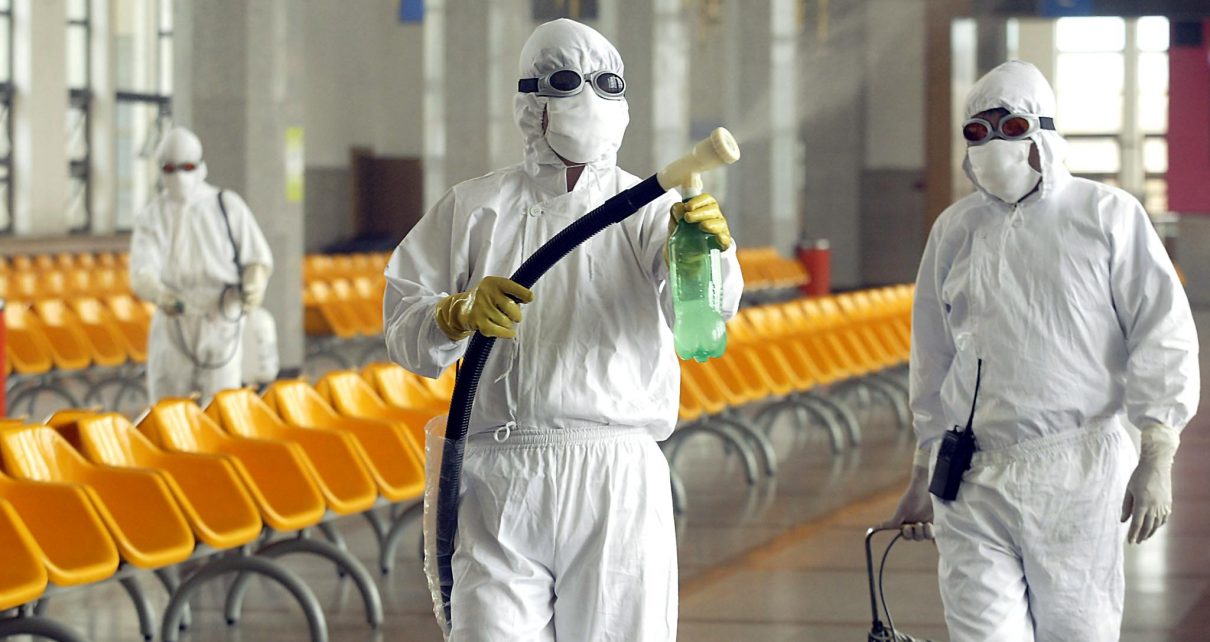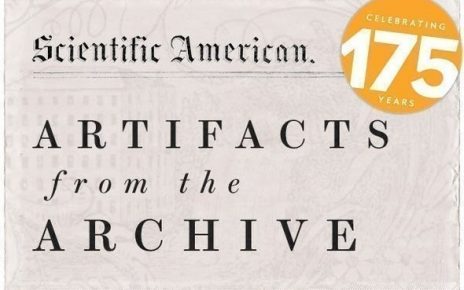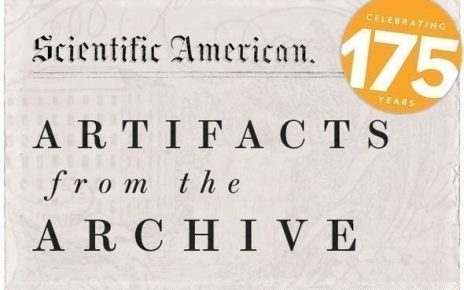In the aftermath of disasters like 9/11, Katrina and the 2008 financial crisis, Americans had the opportunity to judge the response from the federal government and evaluate how the past had prepared us for 21st-century emergencies. These whole-country hardships presented the United States with fuel for change in public sentiment towards the relatively familiar issues of terrorism, natural disasters and financial meltdowns.
While each of these scenarios was novel and cataclysmic in its own right, U.S. citizens, unfortunately, had a rough idea of how to conceptualize them because the themes addressed were not beyond comprehension, even though the events themselves were. But COVID-19 has presented the nation with a crisis of which there is no broad institutional memory and will surely define our generation and those to come. It is within that agreed-upon definition where future preparedness could live and die—partially predicated on something so delicate as the trust of the people and our shared memory.
Already, much has been said and written about the lessons learned through the disjointed response taken to address the pandemic. Most of these lessons come from looking to our neighbors to the East and West. Foreboding lessons from countries like Italy served as an example of what can happen when top-down, unified measures are not taken. Those in countries like South Korea, Singapore and Taiwan are held up as exemplars of what immediate and widespread testing coupled with private industry cooperation can do in flattening the curve.
But one thing these East Asian countries had that the U.S. did not is the shared memory and experience of SARS and, in the case of South Korea, MERS. While these viral outbreaks may have taken those countries by surprise, their swift and powerful actions through centralized outbreak response were largely seen as proportional to the diseases, thus convincing the public there were lessons to be learned and never to be underestimated again. Taiwan created the National Health Command Center (NHCC), and South Korea established the Korea Centers for Disease Control and Prevention (KCDC).
South Korea, Taiwan and Singapore were highlighted by Human Rights Watch for their efforts to protect freedom of expression and ensure access to critical information. The aforementioned consolidation of power also came with a thirst for the public’s confidence. These governments’ commitment to public health data transparency and regular daily, sometimes twice daily, briefings from health officials have worked to instill a sense of unity in messaging and bolster the whole-country cooperation needed to gain public trust.
The United States’ initial response will be critiqued and mulled over for years to come. Failed testing, a lag in private manufacturing, and general delayed action by the federal government all point to our ill-preparedness. One that can be traced back to a lack of motivation or ambition at the highest levels of government to prioritize pandemic prevention and preparation.
Furthering the logic of shared national memory, COVID-19 should become a pivot point in these United States. A necessary pivot point, since all signs point towards the fact that this pandemic is not an anomaly but rather symptom of globalized society and its effects on the environment. Our past reactions to existential threats aren’t dissimilar to South Korea’s and Taiwan’s following SARS and MERS. After 9/11, there was the 9/11 Commission and the creation of the Department of Homeland Security (DHS). After Katrina, FEMA was restructured. After the 2008 financial crisis, a bipartisan committee created the Consumer Financial Protection Bureau (CFPB).
When it comes time to commiserate on the shared memory of COVID-19 and create stronger and more flexible structures for pandemic preparedness, we may find that there are divergent narratives running on geographic and partisan lines. The “shared memory” may be something of the past and perhaps near impossible in a country of ardent federalism. A relic of times from before social media was sowed into the fabric of our public discourse and siloed news sharing.
Public memory will be further muddled by the treatment of the press from the White House Press Briefing Room for reporting on the severity of the disease. These briefings also provided Americans with a front-row seat to the dichotomy between the elected leaders and public health officials. While all were on the same stage, the message was anything but congruent.
According to the previously cited analysis by the Human Rights Watch, actions against journalists and messaging out of step with medical professionals undermines the public’s confidence in crisis response. As we rebuild, proportional action must be taken to convince the public that the U.S. has learned its lessons.
But without the public’s confidence or a nationally shared memory, will it be possible to get a Consumer Pandemic Protection Bureau or COVID-19 Commission? For it is the public’s will that dictates their representatives’ determination. And if that will is derived from a dissimilar understanding of the facts and a lack of trust in the professionals, press and federal government—will we even stand a chance for the next “invisible scourge.”




